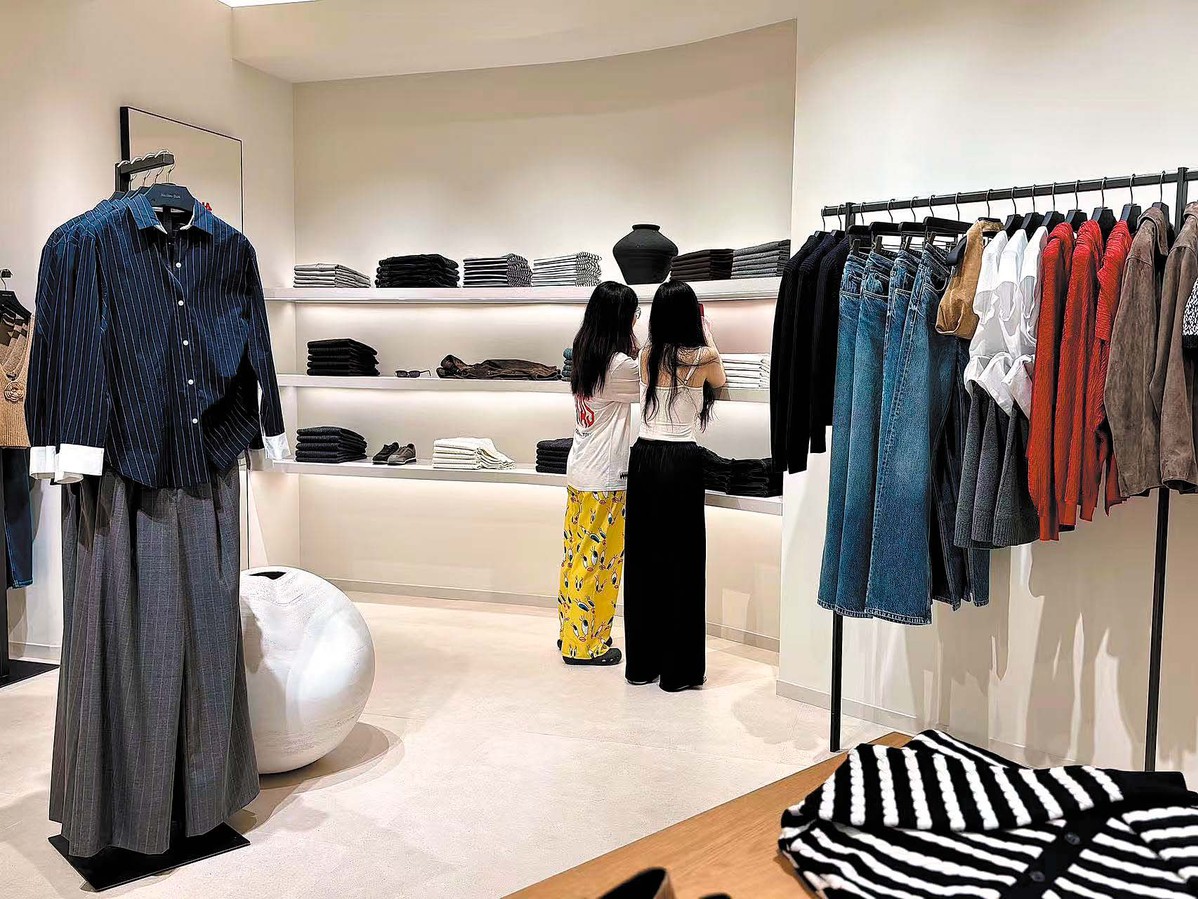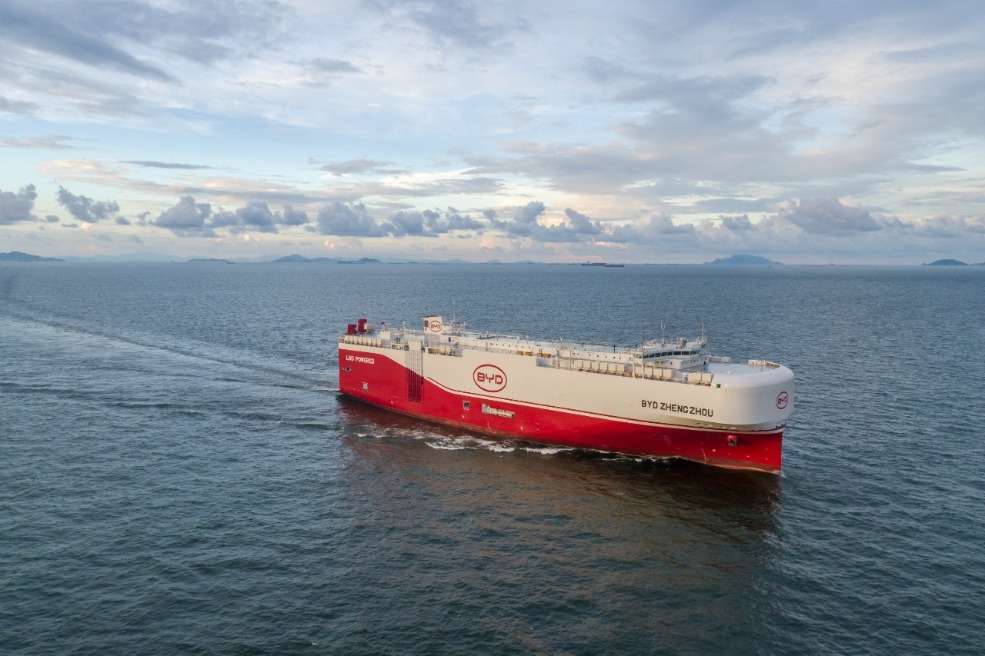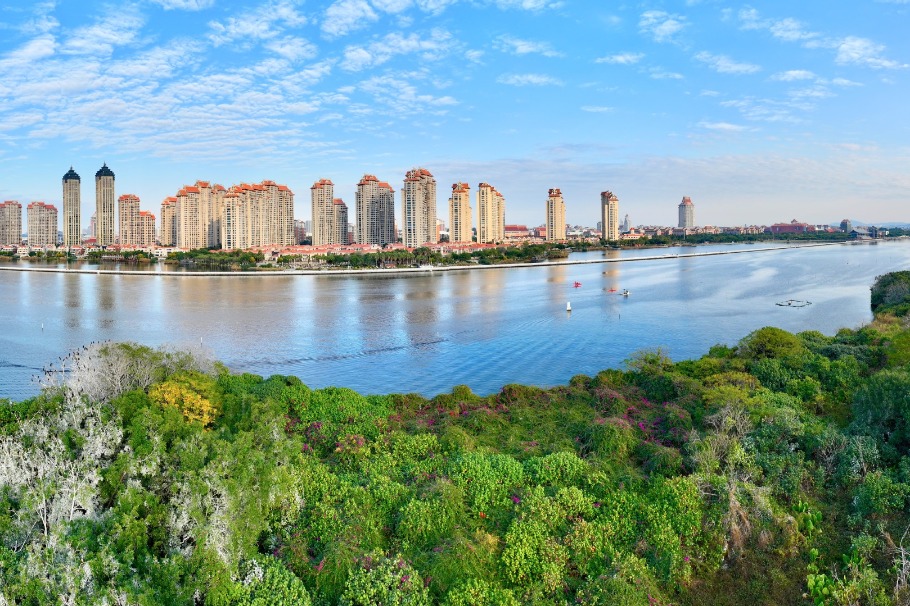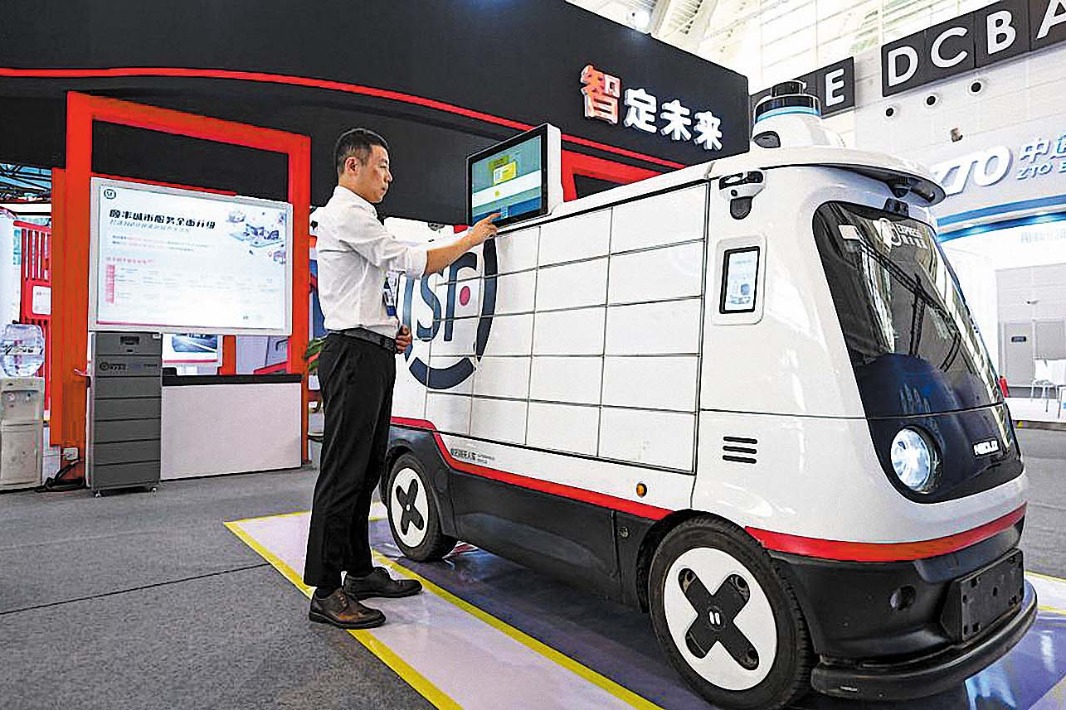Massimo Dutti maintains China growth


Massimo Dutti, sister brand of Zara and the high-end unit of Spanish fashion group Inditex, is maintaining steady growth in China with two new store openings in July in Xi'an, Shaanxi province, and Tianjin.
China remains a strategic market, with expansion driven by two main pillars: optimizing its store network through selective openings and renovations, and strengthening omnichannel capabilities to create a seamless online-offline shopping experience, said Eugenio Bregolat, president of Inditex Greater China.
In January, the brand reopened its renovated Chongqing MixC store. The new Xi'an outlet, which opened on July 17, featured a 10-day pop-up experience in partnership with concept store Watch Whisky Coffee, designed to showcase the brand's urban-inspired style and high-quality products.
Massimo Dutti positions itself as a refined, urban label — distinct from sister brand Zara's youth-oriented, trend-driven image — targeting customers who value timeless designs, quality fabrics and attention to detail.
"With the development of China's economy, we have observed a growing emphasis on quality, safety and sustainability among customers," said Bregolat. "We continuously adapt our designs and products to meet the evolving needs of our customers."
He added that Chinese consumers have developed a deeper understanding of fashion — no longer blindly chasing trends, but engaging with fashion as a means of self-expression and self-affirmation.
According to Euromonitor International, retail value sales in the womenswear sector in China rose 2 percent in current terms in 2024 to 1.06 trillion yuan ($150 billion).
"The Chinese market still holds enormous untapped consumption potential — the very reason global brands refuse to look away," said Cheng Weixiong, a fashion analyst and founder of Shanghai Liangqi Brand Co Ltd.
However, China's womenswear market has become so competitive in recent years that shoppers now jump to the wallet-friendly "dupes", with an ultra-efficient supply chain collapsing the timeline from factory floor to store shelf, accelerating homogenized styles and popping every pricing bubble, Cheng said.
Cheng added that mid-to-premium European and US fashion houses still command premiums through distinctive aesthetics, constant research and development in materials, and strong storytelling, while many domestic players lacking identity or technical depth are quickly sidelined.
To engage more deeply with local consumers, Massimo Dutti is tailoring products for Chinese tastes while introducing global limited collections. For Spring Festival, it launched a "Year of the Snake" limited edition with a campaign by fashion photographer Leslie Zhang. In April, a global capsule collection debuted at its Shanghai Nanjing West Road store.
Digital channels are a growing focus. The brand has launched official flagship stores on Tmall and JD.com and maintains brand accounts on RedNote and WeChat to engage directly with consumers.
E-commerce and short-video platforms are seen as key traffic drivers for China's apparel sector. "Recognizing that younger generations predominantly engage with brands online, we continue to expand our digital presence to offer more diversified touchpoints," Bregolat said.
Analyst Cheng added that the Chinese consumer base remains vast and alluring, but foreign brands must fully embrace the nation's e-commerce boom — tapping digital ecosystems and platform efficiencies — to survive in this race.
Massimo Dutti's supply chain strategy combines global sourcing with proximity manufacturing in Spain, Portugal, Turkiye and Morocco, allowing close collaboration with nonexclusive suppliers, reduced carbon footprints and achieving rapid product turnaround.
The company said this approach, supported by short production runs, offers flexibility and control, enabling it to produce a wide range of responsible fashion. Its integrated inventory management system enables services such as in-store pickups for online orders, cross-channel returns and shipping from nearby retail locations.
The push in China comes as parent company Inditex reported modest growth in its latest quarter. During the first quarter of 2025, sales rose 1.5 percent year-on-year to 8.3 billion euros ($9.66 billion), gross profit climbed 1.5 percent to 5 billion euros, and EBITDA increased 1 percent to 2.4 billion euros.
With Chinese consumers placing greater emphasis on quality, safety, sustainability and self-expression, the brand said it will continue adapting designs and introducing Asia-specific collections, including modernized Chinese-style pieces.
"Fashion trends in the Chinese market inspire and inform our collections that better cater to Chinese customers," said Bregolat.




































